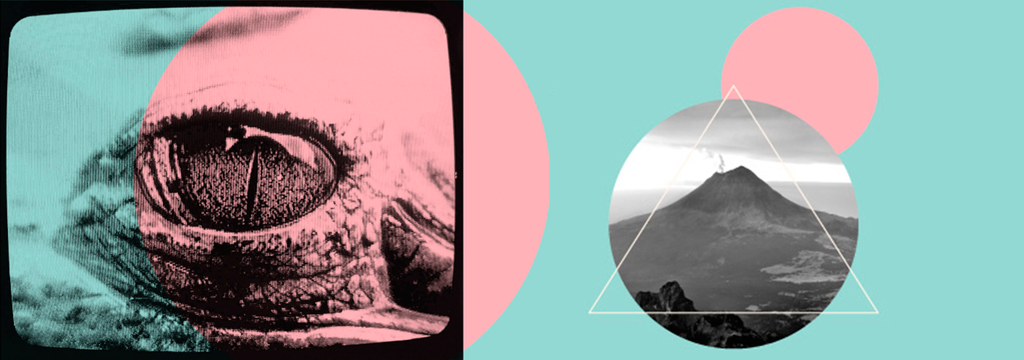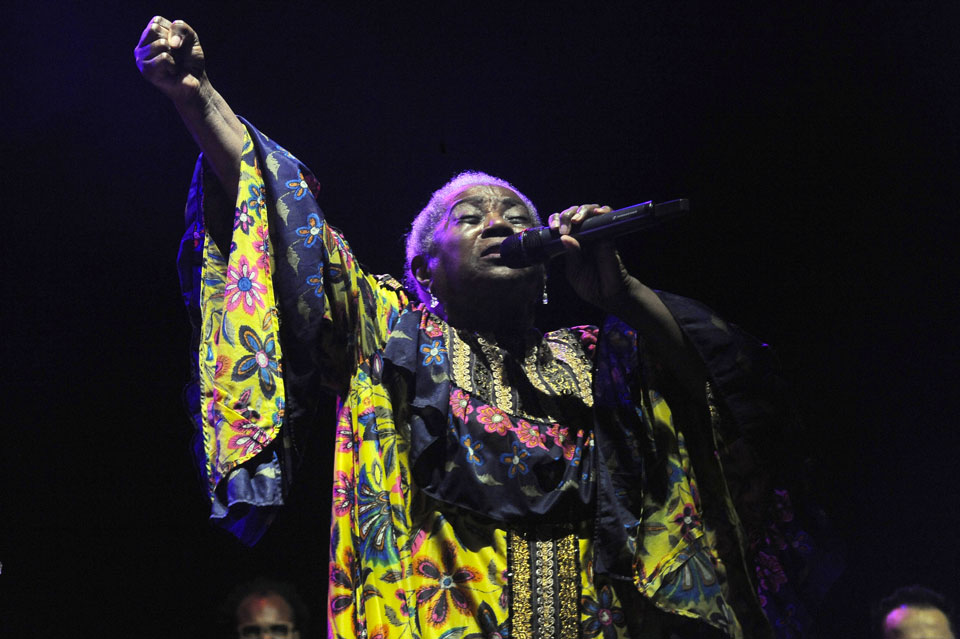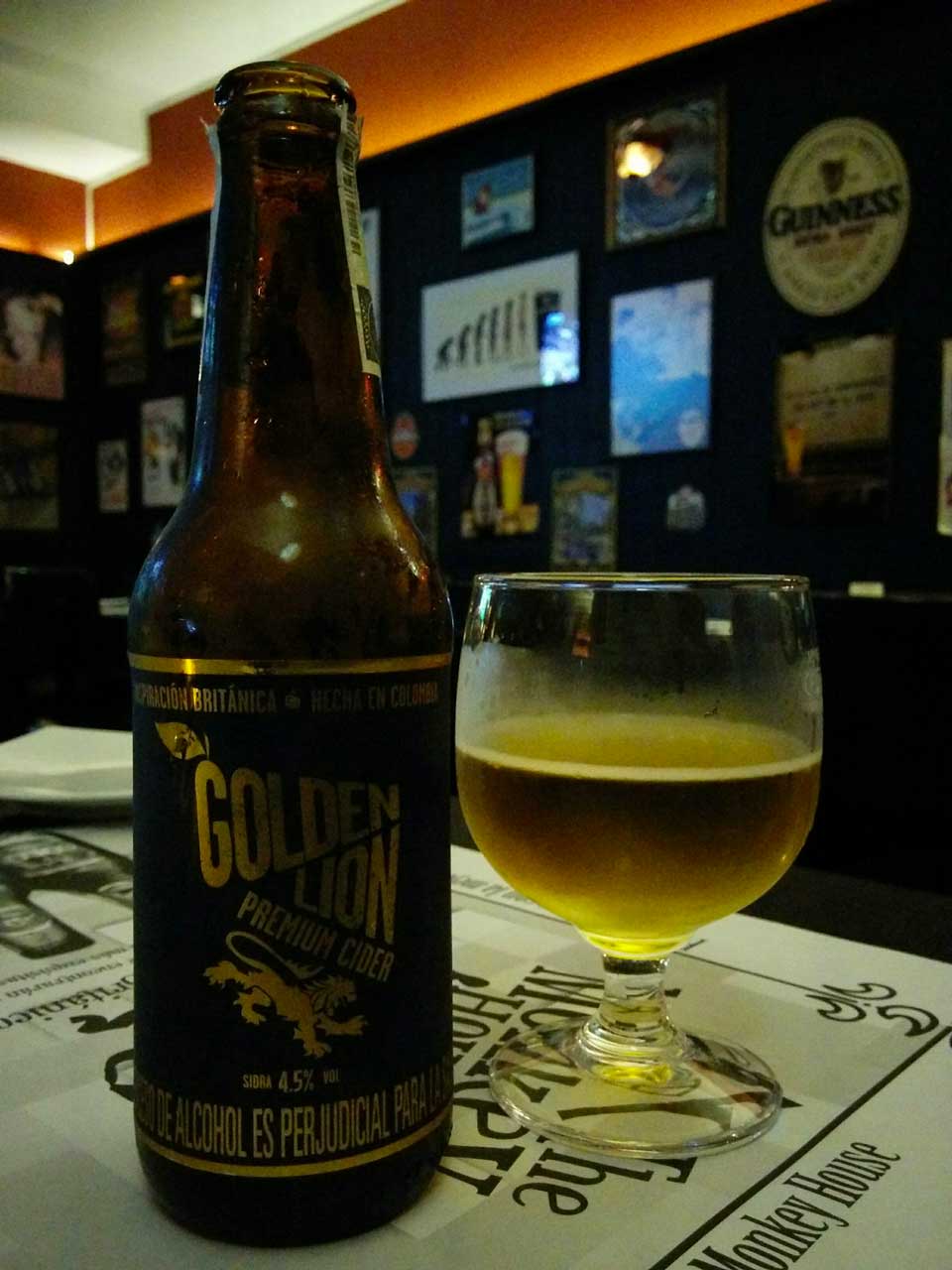
The Universidad Nacional presents La naturaleza de las cosas : Humboldt, idas y venidas , which traces the lasting impact that the German explorer, Alexander Von Humboldt, has had on present-day Latin American visual arts.
On show until July 6, this exhibition is centred around 17 contemporary Latin American artists, whose works draw connections with those of Humboldt and other 19th century explorers.
In collaboration with the Goethe-Institut, the Universidad Nacional commemorates 250 years since the birth of Humboldt, who was a geographer, scientist, naturalist, and the first person to describe human
From his voyage to the ‘New World’ in 1799, where he travelled to Cuba, Venezuela, Colombia, Ecuador and Mexico, and for centuries to come, Humboldt’s discoveries have influenced the worlds of science and art – though he is rarely recognised for the latter.
His paintings of dramatic Andean mountain ranges, Ecuadorian volcanoes and Caribbean landscapes were amongst the first images of the Americas to be seen by European eyes. Meanwhile, his anthropological drawings of the indigenous people he encountered are not only historically
Related: The Scientific Brain
The main exhibition space is the highlight, combining sound, video, art and photography installations. In amongst these modern works are 19th-century oil paintings and anthropological observations of newly discovered people and places.
Works of original cartography dating from the 16th to 19th century mark the supposed location of the Manoa or El Dorado on the map of Colombia. The myth that there was a lost city of gold, hidden somewhere in the rainforests, was one that led to many fruitless expeditions.
In stark contrast to these hand-painted maps and their myths is the photography of Alfredo Jarr, whose images document the harsh realities of gold mining in Brazil. The over-exploitation of Latin America and its resources is a recurring theme throughout the exhibition, as the myths and realities of the ‘New World’ are revisited.
The large-scale wall installation by Colombian artist, Liliana Sánchez, is a thought-provoking representation of a damaged, modern world. Although the styles and forms may differ, the artists all capture the profound beauty and biodiversity of Latin America, as well as its fragility.
Humboldt’s detailed observations of the fauna and flora of Latin America is a reminder to appreciate the natural world, by giving us the opportunity to see it through the eyes of a pioneer.
It is clear that Humboldt’s work crosses borders; from Europe to the ‘New World’, anthropology to art, scientist to
See website for more information. Museo de Arte: Universidad Nacional de Colombia, Carrera 45 #26-85
Entry is free and the exhibition will run from May 8 until July 6.
Tuesdays to Thursdays & Saturdays,






